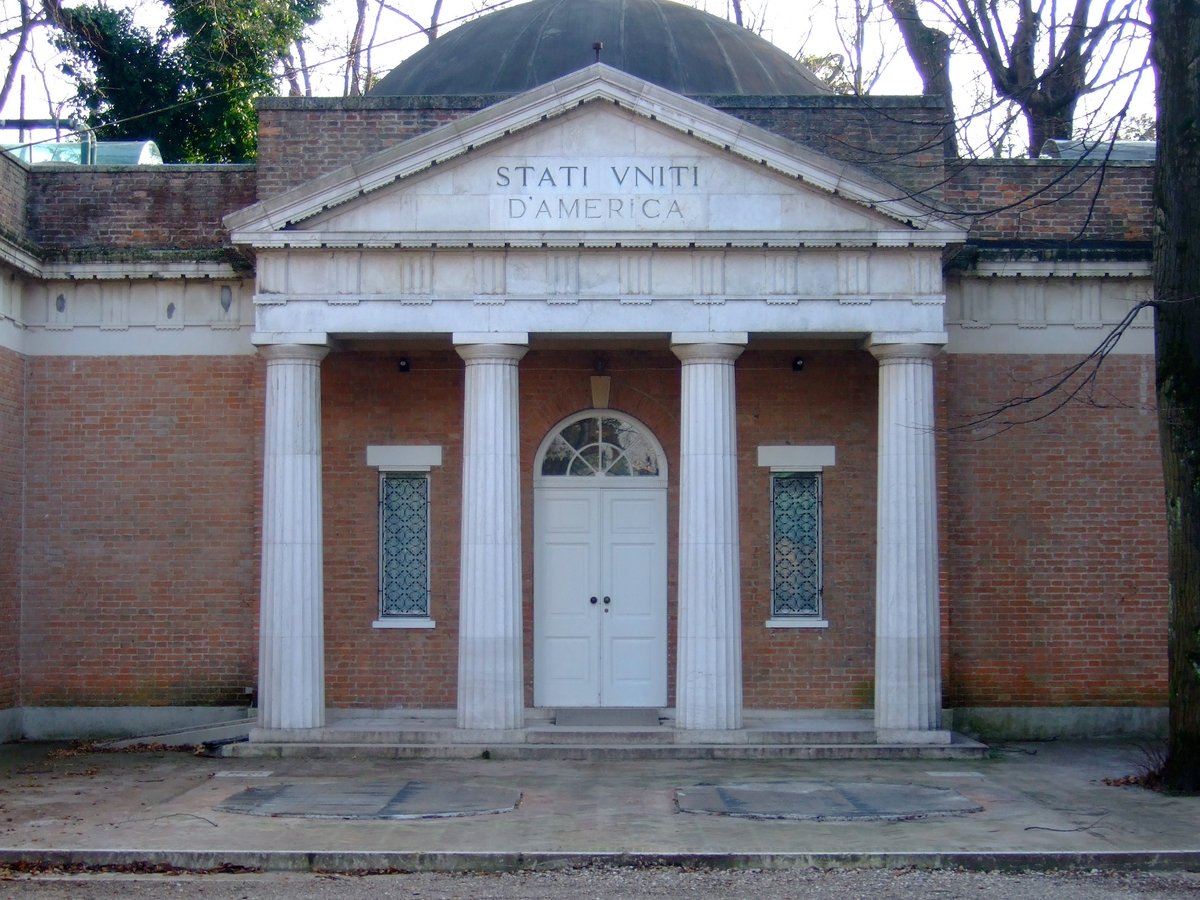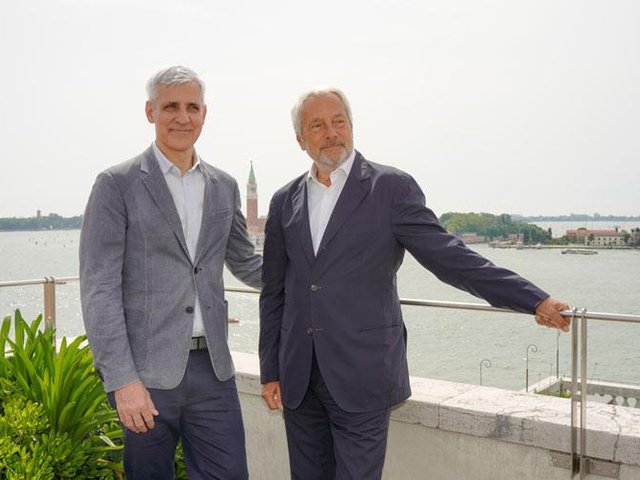The status of the United States’ participation in the 2026 Venice Biennale is uncertain due to US President Donald Trump and his administration’s multi-armed campaign to defund the arts and re-imagine the country’s aesthetic programming.
According to recent reporting by Nate Freeman in Vanity Fair, the US government’s preparation for the Biennale, which draws 800,000 people to the Giardini gardens every two years, appears to be running behind schedule.
A typical timeline necessitates over a year of government planning and a $375,000 grant from the US State Department's Bureau of Educational and Cultural Affairs. In previous cycles, applicants have been invited to submit a proposal through the Office of Citizen Exchange’s website 18 months prior to the opening, at which point the National Endowment for the Arts (NEA) has typically posted a federal notice promising to convene a panel of experts, known as the Federal Advisory Committee on International Exhibitions, to sort through the applications. Within two months, the winning artist, presenting institution(s) and the public are informed of the selection, at which point the grand task of mounting the pavilion exhibition can begin.
In a comment to Vanity Fair, Kathleen Ash-Milby, co-commissioner of the US Pavilion in 2024 and curator of Native American art at the Portland Art Museum, said that with only 12 months to go until showtime, the US may “be past the point of no return” for inclusion in the Biennale.
“When they open the portal, it’s not like it’s open for two weeks. They open it for a couple of months, and then they need a couple of months to process it,” she added. “And if you don’t get notified until September or October, I don’t know how you could manage it.”
Numerous other countries have long since begun the preparation process and announced their artist selections, but despite the US application portal finally being live, a larger problem looms: the NEA, which forms the application oversight committee tasked with reviewing applications, is experiencing funding cuts, grant cancellations and staff reductions, and the position responsible for coordinating biennale affairs is currently vacant.
The application’s fine print has also changed, emphasising the creation of “works of art that reflect and promote American values” and scrubbing all references to diversity, equity and inclusion initiatives, a recurring target of Trump’s policies. The State Department also underscores that it will be “monitoring site visits” to “gather additional information on the recipient’s ability to properly implement the project” in the application rhetoric.
Apart from the years leading up to Second World War as a means of boycotting rising fascism in Italy, the US has participated in the Biennale every year since it launched in 1895. Russia has not had a pavilion since it launched a full-scale invasion of Ukraine in 2022—at last year's Biennale, the country's building hosted the Bolivian presentation. In 2024, the Israeli Pavilion did not open to the public per the wishes of the artist, Ruth Patir. Her project subsequently debuted at the Tel Aviv Museum of Art in March of this year.





